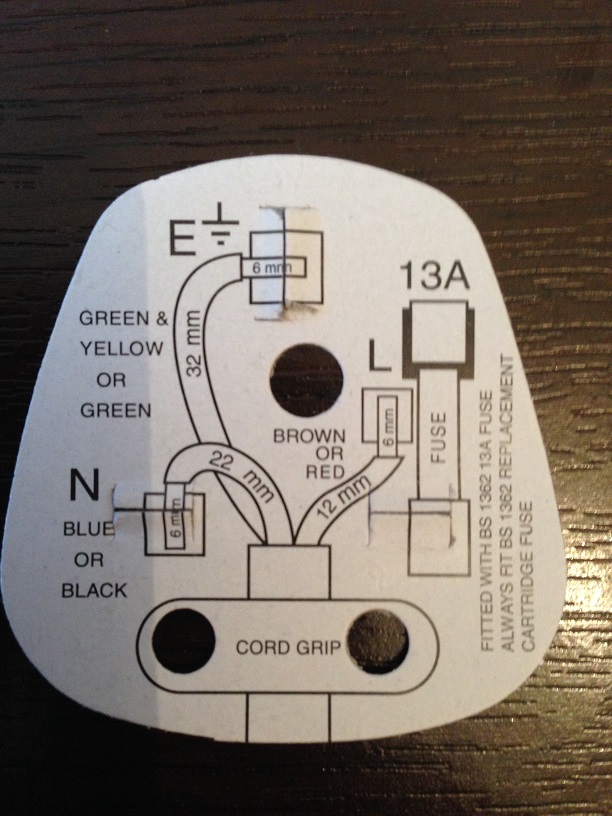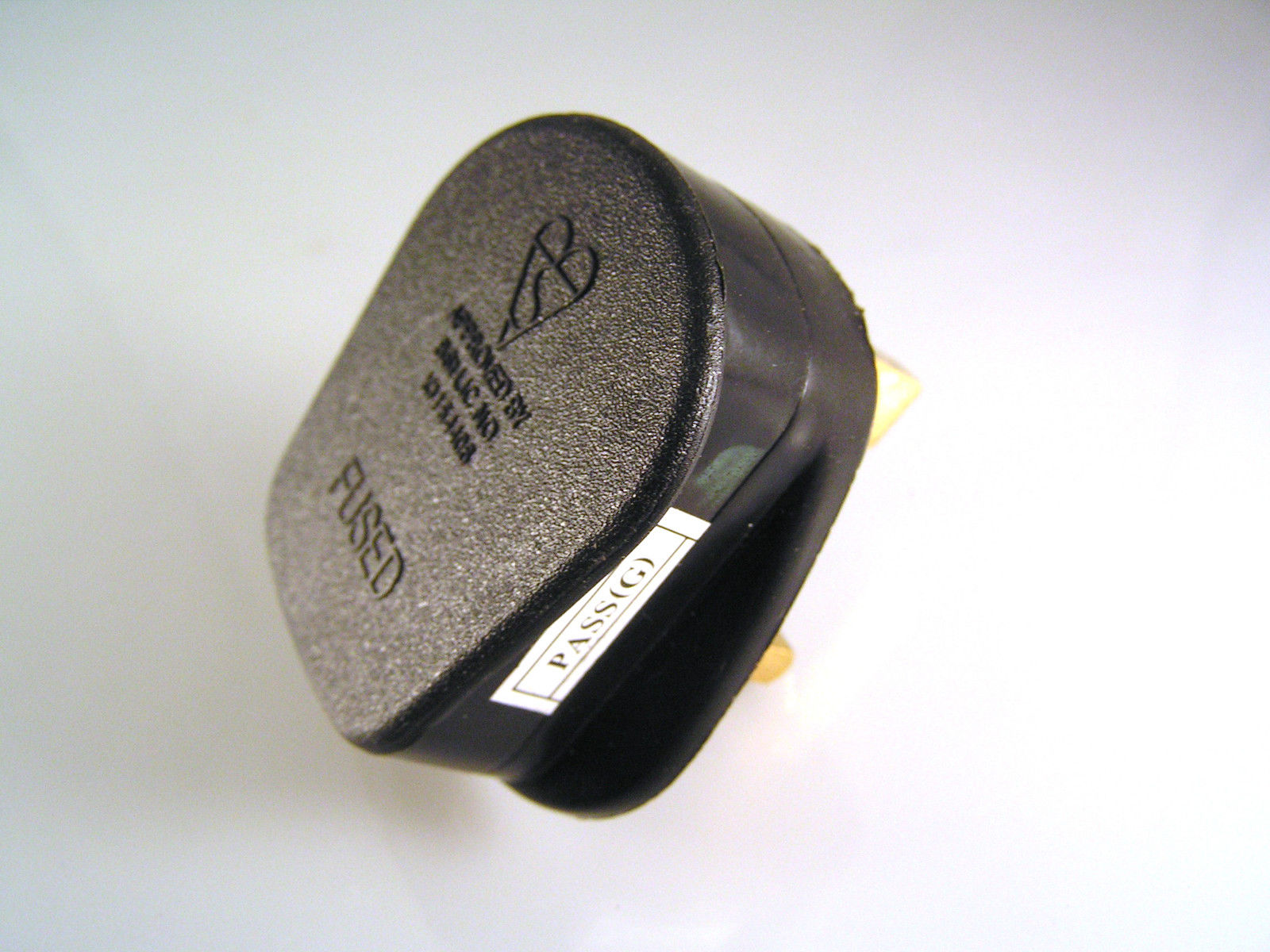Home > Sections > Electromagnetic > Wiring a Plug
Last Updated: 14th June 2023
ARCHIVED ITEM: this page is no longer updated.
Wiring a Plug
Keywords
Cable, kite mark, fuse, insulator, power rating, earth, short circuit, neutral, live.
Introduction
We use them all the time, for different appliances, and some can be replaced. But do you know the how and why we wire a plug?
Safety First
Before we rewire a plug, we need to understand that power can be dangerous if not used correctly. If a plug is not wired correctly, it can cause a fire, give you an electric shock, or worse, be fatal.
With that in mind, it is always best practice to wire one that has the right safety features. A typical UK plug has three prongs, one for live, neutral and earth. Each wire in a typical device like a kettle will have three cables within the casing that link up to these, but where do the wires actually go?
When you buy a brand new plug to replace an old one, there are safety features you need to be aware of:
- Kite mark - this is a British Standard design. Patented and accepted plugs should have this mark on it. They are compliant with licence number KW09977. This should be displayed on every plug.
- Fuse - within each plug you should have the right fuse for the amount of load (current) the wire carries for the device you are using. For high current devices like a kettle or microwave, you will need a 13amp fuse. For smaller devices, like an alarm clock, you can use a smaller fuse (3A or 5A).
- Wiring card - please, when you wire a plug, REMOVE this piece of card. If you don't, there is risk of fire, from sparks of eletric current through the three prongs. They are simply there to show you how to wire the plug. It's a decent piece of information though, and if you need to remember how to do it, you can always keep one at hand.
Interesting fact: the British Standard kitemark has gone digital. Since 2014, they have appointed websites and applications that handle data securely and in the correct manner with their approval. Such places include Barclays Pingit.
Wiring the Plug
With this in mind, you can successfully wire a plug by following the instructions here:
- Remove the old plug from the device you are using. Either cut the cable completely clean off (if the plug is moulded, you will need to do this), or unscrew the old plug, and remove the wires from each of the terminals.
- Refresh the wires at the ends by either cutting new ends, or straightening the old ones out and curling them over (if necessary).
- Open the new plug, and remove the cord grip. This can be reattached later. Now, you have each wires, and assuming you have the information card, you can wire it back up to each terminal in the correct fashion.
- Live goes to the fuse, neutral goes to the opposite bottom terminal, and the earth goes to the top terminal. Make sure they are screwed on tightly so they don't fall out.
- Replace the cord grip, and do up tightly. Replace the lid, and screw that on as tight as possible.
You can also follow the steps on this YouTube video from Warren Nash:
British Kitemark
The British Standards Institute designed the kitemark in 1903. It was first used as the British Standards Mark, used to identify safe tramway rails after standardisation went from 75 sizes to 5. The kitemark we see everywhere today was first used in 1926 on a device known as the Vitreous Enamelled Steel Reflectors for Lighting Fittings, made by General Electric in the US.
It is a safety mark that it will work in the correct manner, and should be safe for anyone to use.
End Note
Wiring a plug should be simple and straightforward, if the right instructions are followed. With the advent of the instruction cards, and safety features like the kitemark, it shouldn't be too difficult to rewire.





 Circuits & Current
Circuits & Current Alessandro Volta
Alessandro Volta


